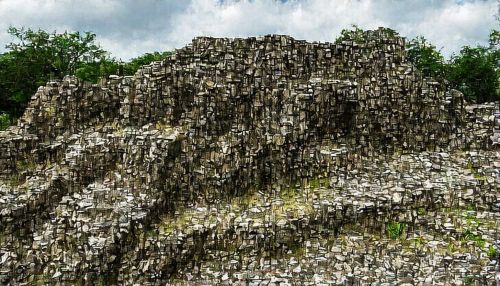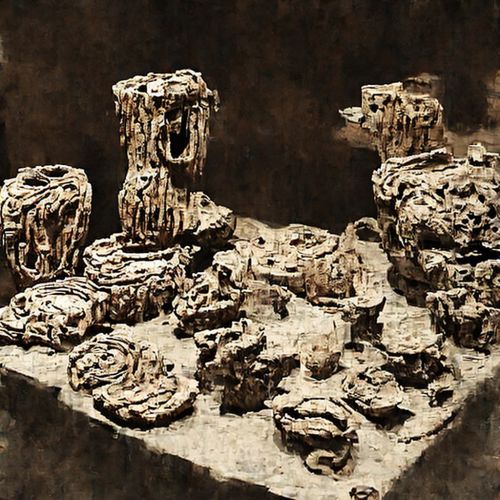Zapotec civilization
Origins and Pre-Classic Period
The Zapotec civilization, one of the earliest complex societies in Mesoamerica, originated in the central valleys of Oaxaca in the late 6th Century BC. The valleys were divided among three of the major city-states: Zaachila, Yagul, and Dainzú. The Zapotec culture has a recorded history that spans approximately 2,000 years.


The Zapotec civilization's early classic period saw the rise of one of the first cities in the Americas, Monte Albán. The city was the cultural and political center of the Zapotec state that dominated much of what is now Oaxaca.
Language and Writing System
The Zapotec languages are a group of closely related indigenous Mesoamerican languages that constitute a main branch of the Oto-Manguean language family. Zapotec languages are spoken by around 400,000 people, primarily in Oaxaca, but also in parts of Veracruz and Puebla.
The Zapotec script, which is largely undeciphered, is one of the earliest writing systems in Mesoamerica. The earliest examples of the Zapotec script date from the late pre-classic period and early classic period.
Society and Culture
Zapotec society was organized into city-states. Each city-state had its own independent ruling dynasty and followed a hereditary succession system. The society was highly stratified, with a clear distinction between nobles and commoners.
Zapotec culture was rich and varied. They were known for their architecture, art, and religious practices. They built grand plazas, palaces, and temples, many of which are well preserved and can be seen today.


Religion
The Zapotec religion was polytheistic. They worshipped a pantheon of gods, the most important of which was Cocijo, the rain god. They believed in an afterlife and practiced ancestor worship. The Zapotec also practiced human sacrifice, particularly in the context of the dedication of new buildings or at the death of a ruler.
Decline and Legacy
The Zapotec civilization began to decline around the 8th Century AD. The reasons for this decline are not clear, but it is likely that it was due to a combination of internal strife, foreign invasion, and environmental changes.
Despite their decline, the Zapotec left a lasting legacy. Their descendants still live in the region today and many aspects of their ancient culture, including their language, are still practiced.
